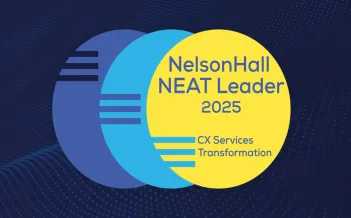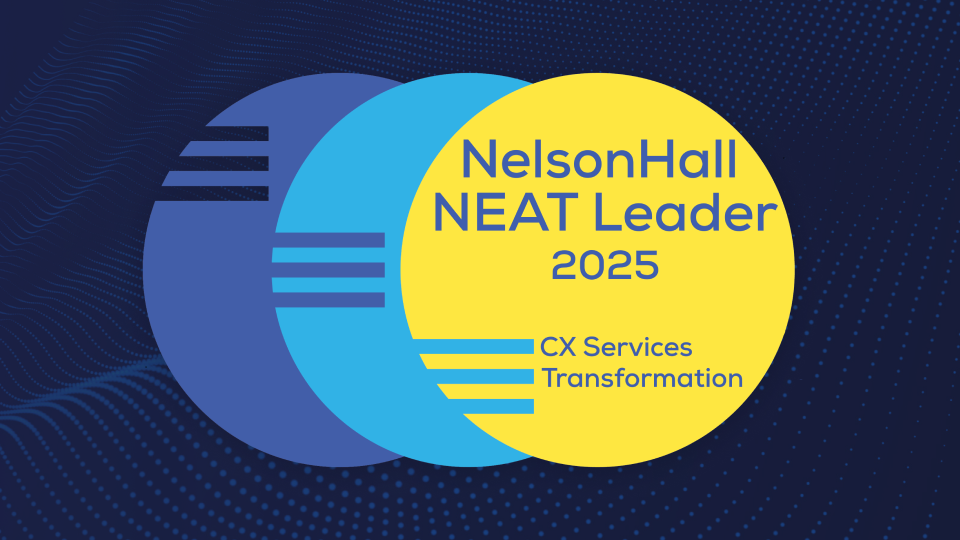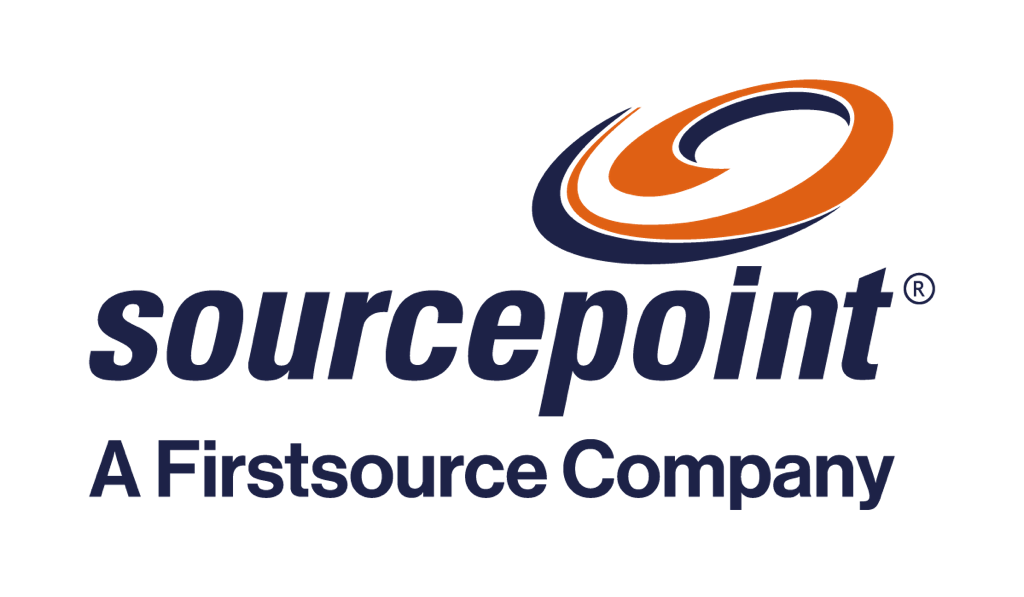Imagine cutting your hiring time in half while doubling the quality of your candidates.
The traditional recruitment playbook is broken. Today, HR teams drown in repetitive tasks—crafting the perfect job description, sifting through mountains of resumes, and scheduling an endless parade of interviews. It's a process plagued by bottlenecks, unconscious bias, and missed opportunities. Top talent slips away while your hiring managers are buried in administrative quicksand.
Enter Agentic AI—the intelligent recruitment revolution that's transforming how companies find their next star performers. This isn't just another HR tool; it's an orchestrated system of specialized AI agents working in concert to streamline every stage of your hiring process.
At its core, the Job Recruiter Agent serves as the conductor, coordinating a sophisticated ensemble of purpose-built AI specialists that handle everything from crafting compelling job descriptions to scheduling final interviews.
The result? A recruitment ecosystem that operates with unprecedented speed, precision, and fairness—eliminating the manual drudgery while empowering your human recruiters to focus on what they do best: building meaningful connections with exceptional candidates.
The Agentic AI Solution
Agentic AI functions as an integrated system, where the central Job Recruiter Agent coordinates and manages the recruitment process. The Job Recruiter Agent seamlessly interacts with several sub-agents to streamline recruitment tasks.
- Job Description Generator creates high-quality job descriptions through an iterative process of drafting, critiquing, and refining content before publishing to LinkedIn and company career pages.
- Resume Analyzer compares candidate resumes to job descriptions, matching qualifications and skills to determine if candidates should advance or be rejected.
- Mock Test Generator creates customized questions based on both the job requirements and the candidate's background, qualifying candidates for interviews.
- Interview Scheduler allows candidates to select available time slots and coordinates with hiring managers to finalize the interview process.
Let's understand how each of these components works in more detail.
Job Description Generator Tool: Leveraging AI Reflection for Precision
The Job Description Generator Tool leverages the Reflection technique, where the AI iteratively critiques and refines its own outputs to automate the creation of high-quality job descriptions (JDs). This process combines large language models (LLMs) with structured feedback loops to eliminate manual drafting, ensuring JDs are clear, inclusive, and tailored to organizational needs.
The reflection cycle consists of three phases: first, managers provide role details such as the title, responsibilities, required skills, and company culture, which the LLM uses to generate an initial draft based on industry-specific templates and historical JD data. Next, the system evaluates the draft against predefined parameters like clarity, SEO optimization, and bias detection, identifying flaws such as vague language or non-inclusive terms.
In the iterative refinement phase, the LLM revises the draft based on the critique, focusing on improving specificity, keyword optimization, and legal compliance. This reflection loop repeats 3-5 times, enhancing the draft's alignment with HR benchmarks.
Once the job description meets the required quality standards, it is automatically published across multiple platforms using APIs, including LinkedIn, the company's career page, and applicant tracking systems (ATS), reducing posting time from days to minutes.
This ensures consistent messaging and compliance with standards like EEOC and GDPR. Additionally, reflection metrics—such as the number of iterations and keyword performance—offer valuable insights to inform and optimize future job description improvements, promoting a data-driven approach to recruitment.
The solution's key configurations ensure a seamless and efficient process for job description publishing. Once the Reflection cycle meets the necessary quality thresholds, the finalized job description is automatically uploaded to platforms like LinkedIn, the company's career page, and applicant tracking systems (ATS) through APIs.
This setup prioritizes speed, allowing postings to go live within minutes instead of days. It also ensures consistency with the brand voice and compliance standards, such as EEOC and GDPR, maintained across all platforms.
Additionally, the solution leverages data-driven optimization, using reflection metrics like iteration counts and keyword performance to guide future improvements in job description creation.
Key Reflection Parameters
- Clarity: Flesch-Kincaid readability score < Grade 10.
- Inclusivity: Gender Decoder API flags biased language (e.g., "aggressive" → "collaborative").
- SEO: Top 10 Google Talent Search keywords embedded (e.g., "remote flexibility," "career growth").
- Compliance: Automated checks for GDPR/EEOC adherence (e.g., salary range disclosures).
By embedding the Reflection technique, the tool transforms JDs from static documents into dynamic, evolving assets, ensuring they attract top talent while aligning with evolving HR standards.
Resume Analyzer Tool: Agent
Once the tool generates and posts job descriptions on LinkedIn and the company's careers page, candidates submit applications and upload resumes. The Resume Analyzer Tool then employs an Agent to assess qualifications, experience, and skills by cross-referencing the candidate's resume with the job description.
Agent enhances accuracy by dynamically retrieving contextual data from the job requirements and candidate profiles, ensuring alignment with role-specific criteria. For instance, it verifies technical skills, years of experience, certifications, and educational backgrounds. If discrepancies or gaps are identified, the system auto-rejects the candidate, minimizing manual screening efforts.
If the resume meets the benchmarks, the candidate progresses to the next stage, triggering an automated email invitation for a mock test. This seamless workflow reduces human bias and accelerates shortlisting.
By leveraging Agent, the Resume Analyzer ensures precision and adaptability, addressing nuances in resume formatting or keyword variations. For example, it recognizes equivalent certifications (e.g., "PMI PMP" vs "Project Management Professional") and contextualizes industry jargon to match job descriptions. The mock test phase further filters candidates based on practical or role-specific competencies, ensuring only qualified individuals advance.
This end-to-end automation optimizes hiring efficiency, reduces time-to-hire, and enhances candidate experience by providing timely updates. For organizations, it scales recruitment efforts without compromising quality, while candidates benefit from transparent, objective evaluations.
However, ethical considerations such as algorithmic bias mitigation and data privacy remain critical to ensure fairness. Overall, combining Agent with automated workflows modernizes talent acquisition, balancing speed, accuracy, and equity in competitive job markets.
Adaptive Mock Test Generation
The Adaptive Mock Test Generation tool aims to bridge the gap between candidate preparation and job-specific requirements by creating tailored assessments. By analyzing the Job Description (JD) and the User Resume, the tool employs chain-of-thought (CoT) prompting to break down role-specific competencies, technical skills, and domain knowledge into structured reasoning steps.
This allows it to generate contextually relevant multiple-choice questions (MCQs) that assess both foundational knowledge (e.g., programming languages, tools) and practical problem-solving abilities (e.g., scenario-based queries). For instance, if a JD emphasizes Python for data analysis, the tool might design MCQs testing syntax, libraries like Pandas, or real-world data manipulation challenges.
By aligning questions with the candidate's resume (e.g., prior projects or certifications), it personalizes difficulty levels, ensuring the mock test reflects real-world interview dynamics while identifying skill gaps.
The mock test serves as a critical validation step to gauge a candidate's readiness. Upon completion, the tool evaluates performance against predefined benchmarks (e.g., accuracy, time efficiency) derived from the JD's requirements. A passing score indicates alignment with the role's demands, triggering the next phase: interview scheduling.
Candidates who pass can select an available slot, which automatically sends confirmation emails to both the candidate and interviewer, streamlining coordination. Conversely, failure prompts actionable feedback (e.g., weak areas like algorithms or soft skills) and recommendations for retesting.
This process ensures only qualified candidates progress, reducing recruitment overhead and bias while maintaining a candidate-centric experience. By integrating CoT-driven assessments with automated workflows, the tool enhances hiring efficiency, ensuring candidates and roles are matched based on validated competence.
Measurable Impact & Market Growth
The adoption of Agentic AI in recruitment is delivering significant, measurable benefits for organizations across industries:
- Cost Reduction: Organizations using Agentic AI in recruitment have reported a reduction in hiring costs by over 60 percent, dramatically lowering the resources required per hire.
- Accelerated Hiring: Time-to-fill positions has improved by more than 21 days on average, allowing companies to secure talent faster in competitive markets.
- Enhanced Productivity: Recruiter productivity has increased by 35 percent, enabling HR teams to manage larger candidate pools with fewer resources.
These impressive metrics demonstrate that AI-powered recruitment is not just a theoretical improvement but delivers concrete business advantages.
The scale of adoption is equally telling: the global digital talent acquisition market, driven by AI-powered recruitment, is projected to surpass $85 billion by 2027, highlighting the rapid adoption of these technologies across industries.
Conclusion
Agentic AI revolutionizes recruitment by combining precision, efficiency, and fairness across every stage. The system streamlines hiring workflows, cutting time-to-hire while elevating candidate quality through data-driven objectivity. Organizations benefit from scalable, consistent processes, while candidates experience transparent, skill-centric evaluations.
As AI continues to evolve, future enhancements could integrate real-time market analytics for dynamic job descriptions or advanced bias-detection algorithms. For companies competing for top talent, adopting Agentic AI isn't just strategic—it's becoming essential to remain competitive in the modern recruitment landscape.










